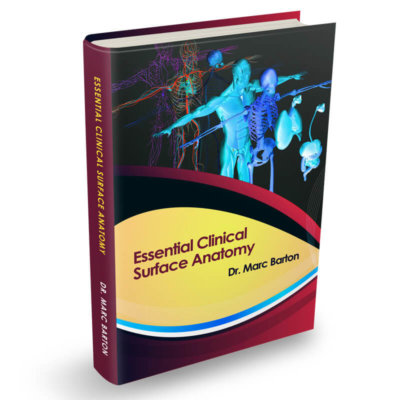A 46-year-old woman presents with symptoms of paroxysmal flushing that is most marked after drinking alcohol and coffee. She is also experiencing intermittent episodes of explosive watery diarrhoea, abdominal pain and wheezing. On examination of her abdomen, you note the presence of a right-sided abdominal mass.
Show Answer
This patient has symptoms and signs consistent with a diagnosis of carcinoid syndrome. Carcinoid syndrome refers to a constellation of clinical features that occur secondary to carcinoid tumours.
Carcinoid tumours are slow-growing neuroendocrine tumours that mostly occur in the gastrointestinal tract, and carcinoid syndrome usually occurs secondary to tumours in the midgut (jejunum, ileum, appendix and caecum).
2. Which investigation can confirm this diagnosis?
Show Answer
Diagnosis can be made on the basis of a raised 24-hour urinary level of 5-HIAA, which is a breakdown product of serotonin.
Show Answer
Approximately 10% of carcinoid tumours secret excessive levels of bioactive substances, such as serotonin (5-HT), somatostatin, bradykinin and prostaglandins. This results in a range of symptoms, including:
- Paroxysmal flushing
- Diarrhoea (which can be explosive and watery)
- Bronchospasm
- Abdominal pain
- Peripheral oedema
- Pellagra-like skin lesions
Header image used on licence from Shutterstock





